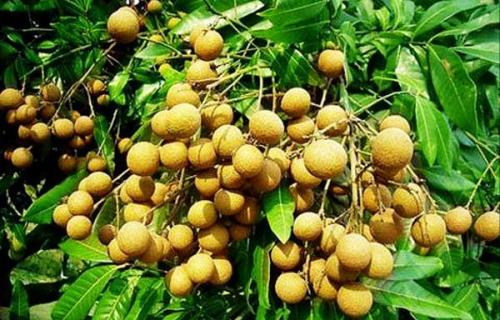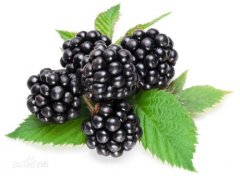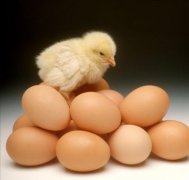Does litchi branch oak suck litchi longan to have great harm how to prevent and cure? How to deal with the eggs of litchi stink bugs
The most serious disease and insect pest of litchi is the harm of litchi stink bug, so when is the best time to control this kind of disease and pest?
To prevent the harm of litchi stink bugs is the key now! Around February every year. The Council of Agriculture held a press conference on the 12th to call on litchi stink bugs, which cause serious harm to litchi and longan, to prepare to lay eggs and to call on farmers to carry out regional integrated control.

Zhang Chih-sheng, chief secretary of the Council of Agriculture, said that a total of 20,000 hectares of litchi and longan fruit trees in Taiwan have been damaged by litchi stink bugs in recent years, especially the lack of management of abandoned orchards, resulting in a great increase in population density. He pointed out that the control of litchi stink weevil needs to adopt regional integrated control, not a single chemical, a single control can be effective. Including the removal of dead branches from the garden after harvest, regional chemical control can be carried out before February to reduce the number of litchi stink bugs. Spring is the mating period of litchi stink bugs, which is the easiest to control. When adults multiply in large numbers, they will miss the opportunity. Farmers are called on to take immediate action.
Organic farmers can take physical and biological control. Lu Xiuying, director of the agricultural improvement farm in Miaoli District, said that in recent years, research has been done on releasing flat-bellied wasps parasitic on the egg blocks of Toona sinensis, which can effectively reduce the number of litchi stink bugs. Last year, 4 million wasps were released. This year, 16.6 million flat-bellied wasps will be released, giving priority to organic orchards and waste orchards, including a total of 159ha in Kaohsiung, Taichung and eastern Ilan. When farmers find litchi Toona eggs, they can collect the eggs and seal them in plastic bags to prevent hatching. In Kaohsiung City and Changhua County, there are about 14 eggs on each leaf, which can be exchanged for 2 yuan, calling on farmers to take immediate action.
- Prev

Is blackberry fruit mulberry? How to eat blackberries and mulberries
Blackberry and mulberry these two kinds of fruit are very similar, that blackberry fruit is mulberry? Actually not, these two kinds of fruit have very big difference, where is the difference between blackberry and mulberry? Let's take a look. Fruit type: blackberry when ripe, whether outside
- Next

Egg residue: egg fenbuprofen residue exceeds the standard by up to 6 times, and egg drug residue penalty standard
We are now very concerned about the issue of food safety. Do you know why there is food safety today? do you know? Fenpril residues in eggs sampled from Shunhong Farm in Changhua County exceeded the standard by physical examination, and the detected amounts were 0.03, 0.04 and 0.04 respectively.
Related
- A one-day flower show brings 130 million yuan in orders! Nanhai, this Phalaenopsis exhibition is amazing
- What do the flower language and meaning of Lutheran tree mean? Precautions for planting Lutheran tree
- Encounter Chaoshan Kongfu tea, not without this cup of Phoenix single clump
- The durian market in Vietnam and Thailand is flooded. The price of imported durian has plummeted by 30-40% in a month.
- Shanghai solved the problem of local vegetable supply by planting 80,000 mu of green leafy vegetables.
- Wageningen University has become the best agricultural university in the world for the seventh time in a row.
- The strongest export season of South African grapes is full of challenges, with exports to Russia falling sharply by 21%.
- Sri Lanka is on the verge of bankruptcy, "Tea for debt" Organic Agriculture Revolution aggravates the Food crisis?
- Turning waste into earthworm manure and worm manure into organic fertilizer-A new choice for auxiliary farming
- Organic rice growers shoulder the responsibility of nurturing agricultural talents! Yinchuan Sustainable Farm with Organic Life Camp

